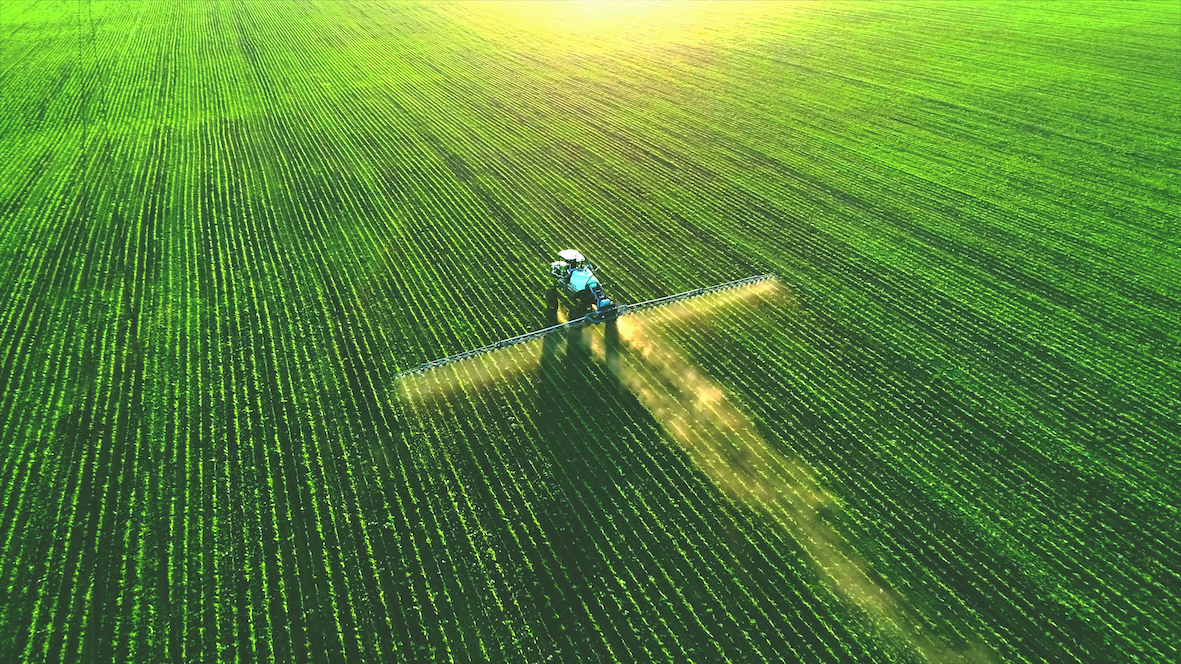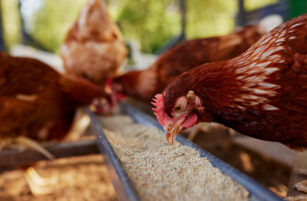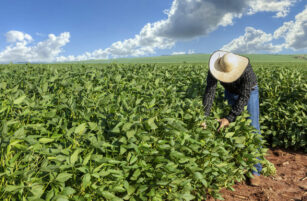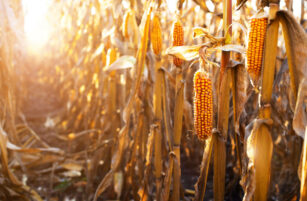- Crop rotation is where farmers change what they plant each season to enhance their soil structure and reduce the risk of soil-borne diseases.
- Farmers may leave their planting decision to the last moment, so they truly know what the most profitable option is.
- We discuss the farmers’ decision and the subsequent price movements in more detail here, simplifying the often-complicated discussion of price spreads.
Crop Rotation
The principle of crop rotation is the growing of a selection of different crops on the same parcel of land over a number of growing seasons.
By rotating crops from one season to the next, the farmer enhances soil structure and nutrients, and has better protection against soil-borne diseases.
A continuous wheat crop presents many challenges, which can adversely impact yields and, in a worst-case scenario, lead to near total crop failures.
Around the world, there are many crops grown in conjunction with wheat to create a rotation.

Rotation periods will vary but three to seven-year rotations are commonly used. These will include a variety of the above-mentioned crops to aid the sustainability and profitability of the wheat crops grown.

Rotation, Prices and Acreage
Given the farmer has a number of options at each stage of the rotation, it’s relatively easy to amend a crop to reflect the price and profitability opportunities prevalent at time of sowing.
Considering the major futures markets for soyabeans, corn, oilseeds and various wheats; it is clear that the differentials in prices sometimes change considerably from one season the next.
With this in mind, farmers may leave crop choices to the very last moment to plant what they consider the most profitable crop based on price. They are price reactive.
The result is a change in total acres and hence the price spread between commodities, similar to that described last week in the ‘one up one down’ concept.
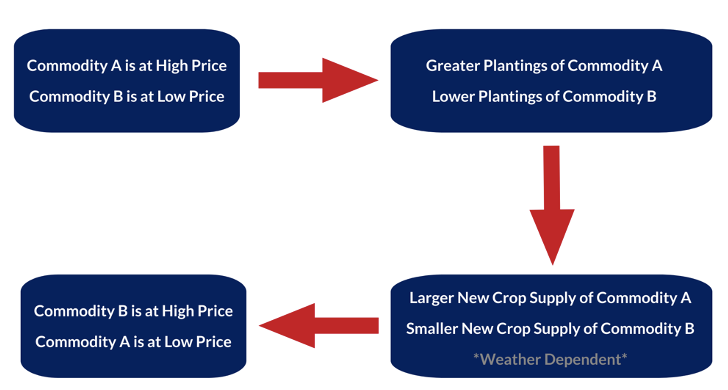
Conclusions, Theory to Reality
The price spreads between wheats and/or other commodities are often made more complicated than they need to be. Supply and demand are the ultimate drivers.
We know the weather influences yield and quality, but otherwise it’s usually a simple look at the numbers, prices and acreage. Higher prices encourage, while lower prices discourage plantings and thus ultimate acreage.
Look at the basics, simplify the jargon and consider the underlying prices so you can be proactive and avoid the reactive herd mentality. But above all, be a step ahead of the competition by simplifying the often over complicated.

Other Opinions You Might Be Interested In…

